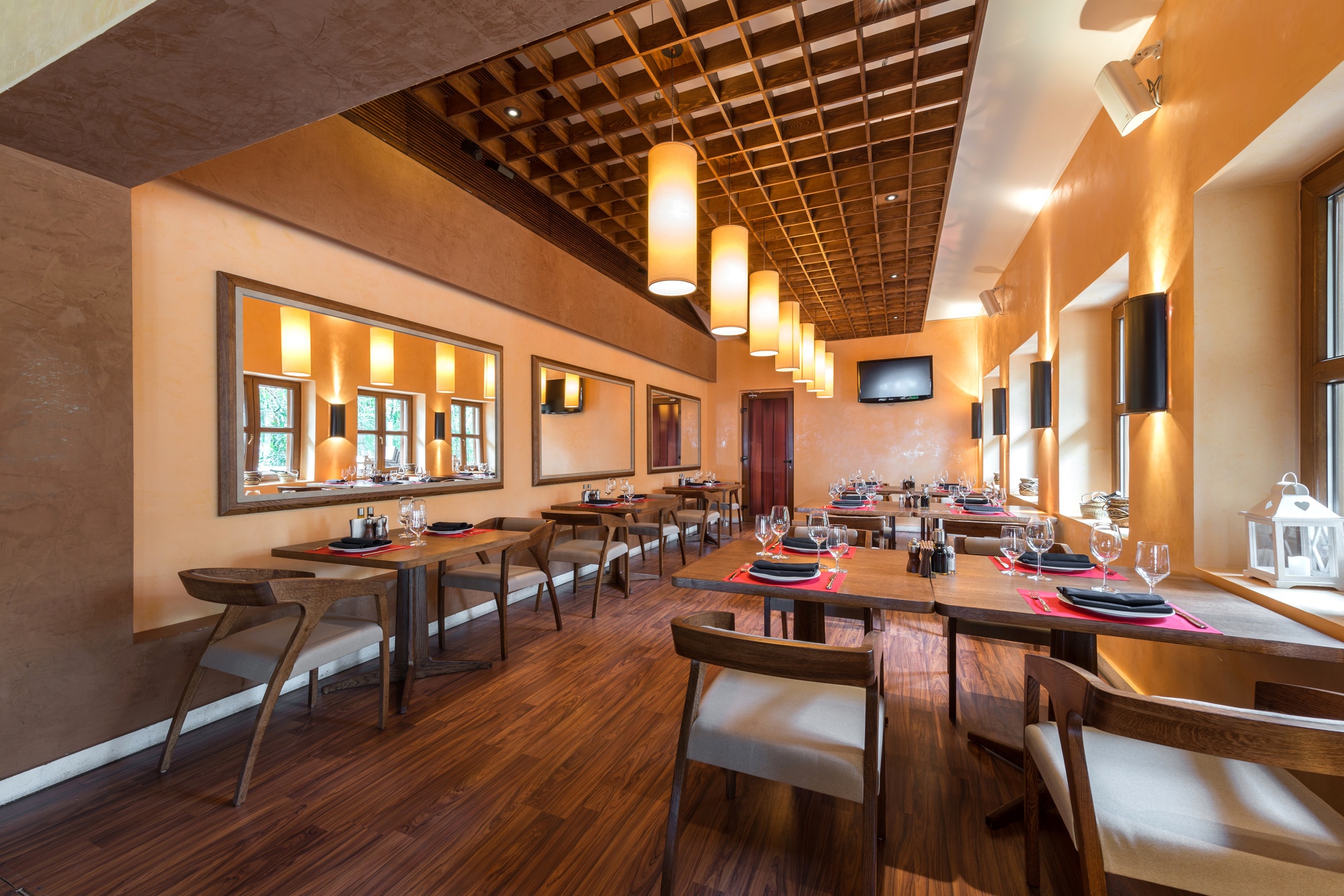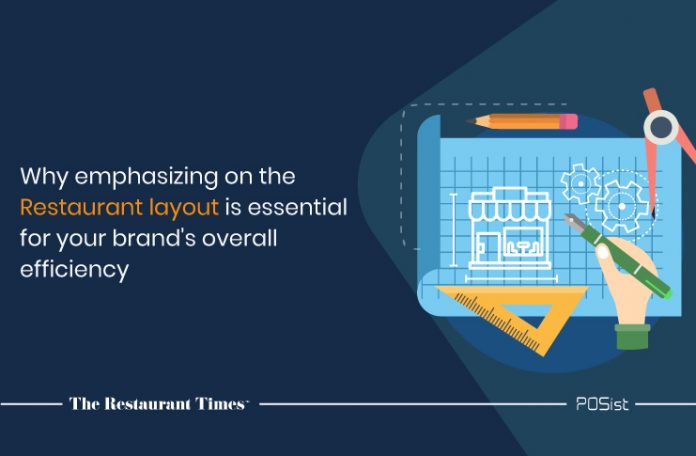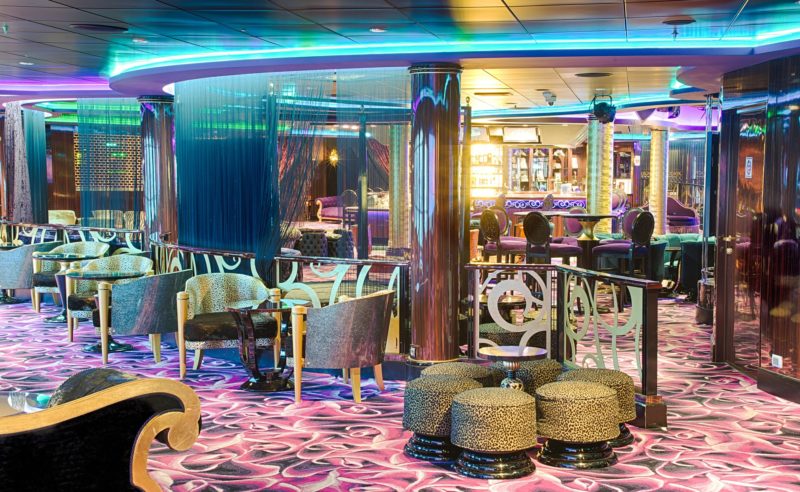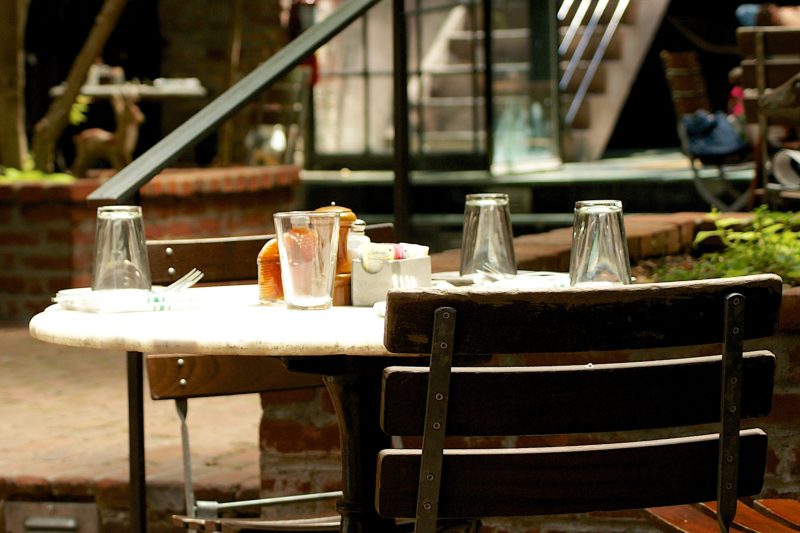While the main focus of restaurants is on the food and the service, they often tend to overlook the layout, which plays a crucial part in the overall customer experience. For example, restaurant interior design has a direct influence on the ordering behavior of customers. The restaurant layout plays a critical role not only in restaurant operations but also in the workflow. However, it is vital for restaurants to include certain design guidelines in terms of restaurant layout and floor plan design. This article discusses why a well-planned restaurant layout is essential and how it improves the efficiency of restaurant operations in the UAE.
Importance Of A Well Planned Restaurant Layout
While deciding the restaurant layout, the first thing to ensure is that it is in sync with the overall concept and theme. Restaurant design may vary significantly for different types of formats. For example, quick-service restaurants are designed for quick table turnover, while a fine dining restaurant layout is aimed at making customers’ stay longer. The restaurant layout has a huge impact on the restaurant’s efficiency. Here are some reasons why restaurateurs should invest in restaurant layout in the UAE.
1. Circulation And Movement
An essential aspect of a restaurant layout design is ensuring proper circulation and movement of the staff and customers. The restaurant layout must be designed in a way that it allows customers to find their way inside the restaurant and dining area easily. The first step is having enough space between the tables so that your guests don’t feel uncomfortably crammed together.
The waiters’ route carrying the food to and from the dining area must be straightforward and uncluttered for quick and efficient service. Also, ensure that the layout of the restaurant kitchen includes enough space between the different workstations.
2. Connectivity Between The Restaurant Frontend And Backend
The spatial arrangement must be designed in a way that the restaurant’s front-end that includes the Entrance and Reception, Dining Area, Waiting Area, Cashier’s Desk is well connected to its back-end, that is the Restaurant Kitchen, Pantry, Storage, and Administration Area.
The restaurant design must allow the smooth circulation of items from the pantry and storage to the kitchen. If the storage area is too far away from the kitchen, the staff might face unnecessary hassles while transferring the stock items to the kitchen, leading to delays in food preparation. It is necessary that the restaurant kitchen and storage area is well separated from the customer seating area and ventilated correctly to avoid an unpleasant experience.
3. Comfort For Diners And Staff
The comfort of your customers as well as the staff is paramount. If customers do not feel comfortable with the ambiance, they’ll refrain from dining at your restaurant. The comfort of your staff is just as important. Unless your restaurant provides proper working conditions, the efficiency of your staff would be minimal. Human productivity in an indoor space mainly depends on thermal comfort and indoor air quality, achieved by adequate temperature control, humidity control, ventilation, lighting, and acoustic comfort, which we have discussed in the points below.
Thermal and Indoor Air Quality
Due to cooking, electrical equipment, lighting, and the number of people inside the restaurant, the heat inside is very high, especially in kitchens. Thus, it is necessary to implement a proper HVAC (Heating Ventilation and Air Conditioning) system. Remember to proactively control the temperature in the seating area to provide a pleasant environment for your customers. Also, ensure that the restaurant kitchen is well ventilated to let out the smoke and smell generated during food preparation.
Restaurant Lighting
Restaurant lighting is an essential component as it provides proper visibility to workers, enables safe movement, and elevates the customer experience. The lighting influences the ambiance of the restaurant, which in turn gets reflected in the overall customer experience.

Acoustic
Background music, people talking, and the overall acoustic quality of a space has a significant impact on the customer experience. The average noise level is typically 80 dB (some reaching as high as 110 dB), which is over the standard 60 dB of regular conversation. Thus, restaurants must have soft furnishing and carpeted floors to provide sound absorbing effects. False ceilings and soft surfaces can also be included in the design to maintain the restaurant’s acoustics.
4. Optimum Utilization of Space
A good restaurant layout in UAE will ensure optimum space utilization. The restaurant layout must be designed in an ergonomic manner so that everything, from the tables to the restaurant equipment, can be effectively utilized without impacting movement.
Number of Tables
While it makes sense to accommodate a good number of tables in the dining area, it is also essential to consider the comfort and mobility of your customers and the staff. Keep enough space between the tables to avoid any conflict between a customer leaving the table and a waiter carrying a tray.
Good Tables
A major problem that restaurant owners often face is optimizing the seating space. Customers usually avoid sitting near the kitchen area or bathroom as these areas are prone to disturbance. The guests do not prefer tables at the center of the seating area. To avoid this problem, consider placing wall separators to utilize these areas.
5. Safety
Safety is a major aspect that must always be considered when planning the restaurant layout. In case of an emergency, restaurants must have clear pathways to exit. It is vital to have emergency exits and firefighting equipment as well as staff trained in evacuation procedures to avoid customers tripping and hurting themselves while leaving the restaurant.
Restaurants can hire an architect to create the restaurant floor plan and layout, considering the spatial configurations and ensure that the design is in harmony with the theme and concept. A contractor is also required to implement the design and execute construction activities.
These restaurant design tips will help in improving the overall ambiance and guest experience. Implement these effective tips and increase the efficiency of your restaurant operations!

















